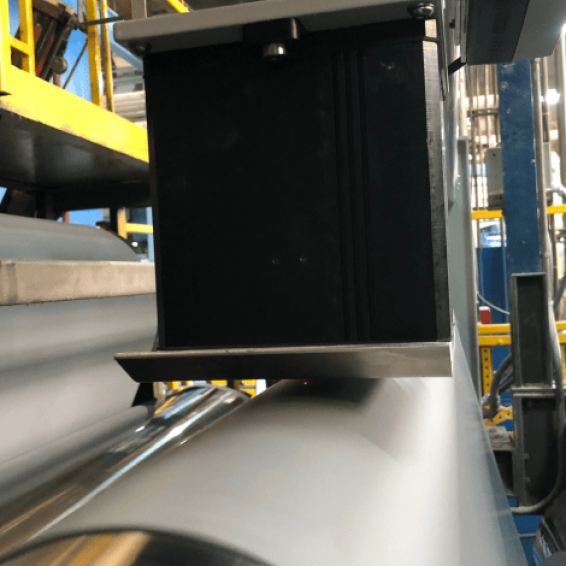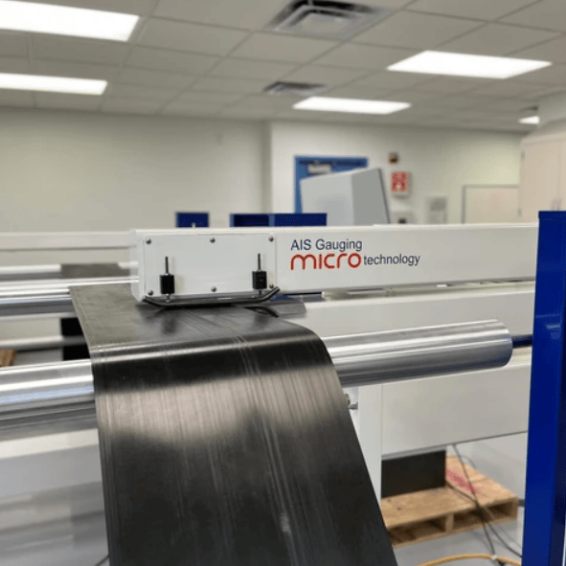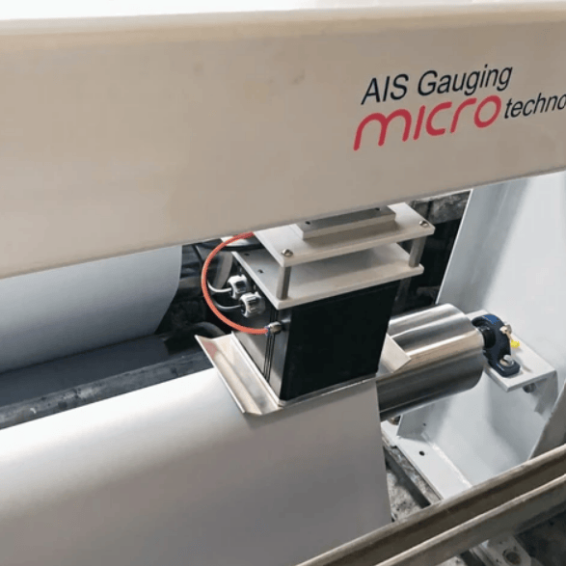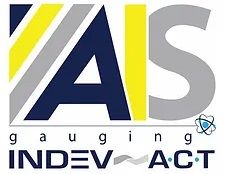Sensors
LaserTek
- Precision Measurement: LaserTEK offers precise thickness measurements that can be specially tailored to different industries. With single and dual triangulation sensor configurations, it ensures accuracy in gauging product thickness. It also enhances quality control and production efficiency.
- Non-Nuclear and Non-Contact: Unlike traditional methods, LaserTEK is non-nuclear and non-contact. This ensures safety in industrial environments. This feature also eliminates the need for radioactive materials while offering reliable and efficient measurement solutions.
- Automatic Compensation: LaserTEK automatically adjusts for temperature changes and drift, ensuring steady accuracy during production. This allows for accuracy even in difficult operating conditions, reducing downtime associated with manual adjustments.
Product Description
Through AIS Gauging, we offer laser thickness measurement solutions tailored to meet diverse industrial needs. The range includes single and dual triangulation sensor configurations. These are each designed to deliver precise thickness measurements. For most applications, we recommend the single triangulation sensor option. This uses either a reference plate or a stainless steel reference bar positioned beneath the product.
In the single-sided LaserTEK thickness gauge, a single laser works alongside an inductive radio frequency proximity sensor. The laser emits a beam that reflects off the product's surface and is then focused onto a CCD camera array detector. The proximity sensor measures the distance between the laser and a reference roll. Thickness measurements are taken by analysing the difference between the laser's distance from the product's surface and the proximity sensor's distance to the roll surface.
For even greater accuracy, our dual laser sensors combine top and bottom triangulation measurements. Laser beams from each source reflect off both the upper and lower surfaces of the product. Their positions are accurately captured by CCD camera array detectors. A single inductive radio frequency proximity sensor tracks the distance between the top and bottom lasers. Product thickness is determined by calculating the difference between the sum of laser distances and the proximity sensor reading.






